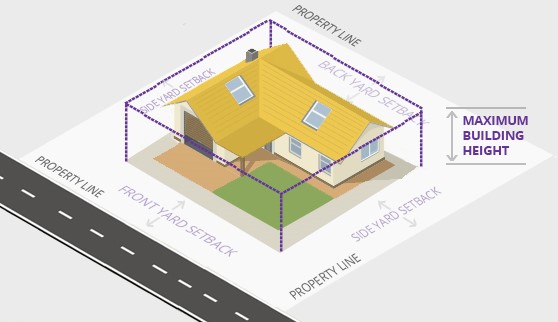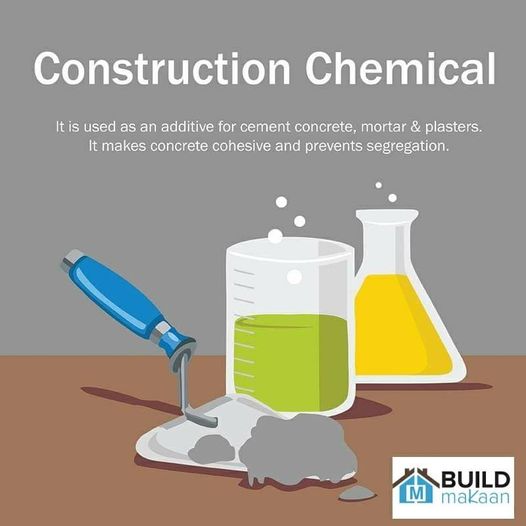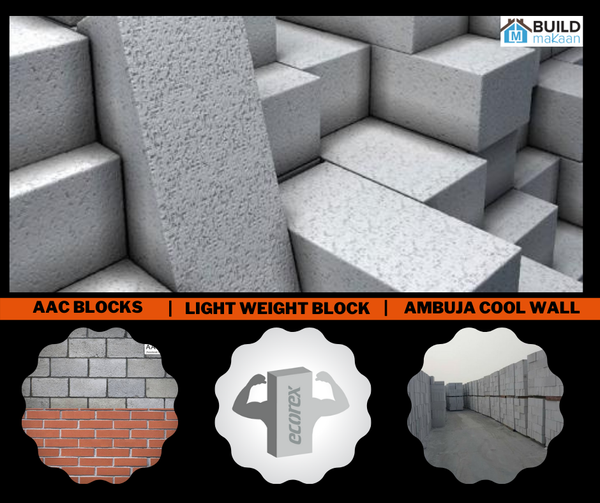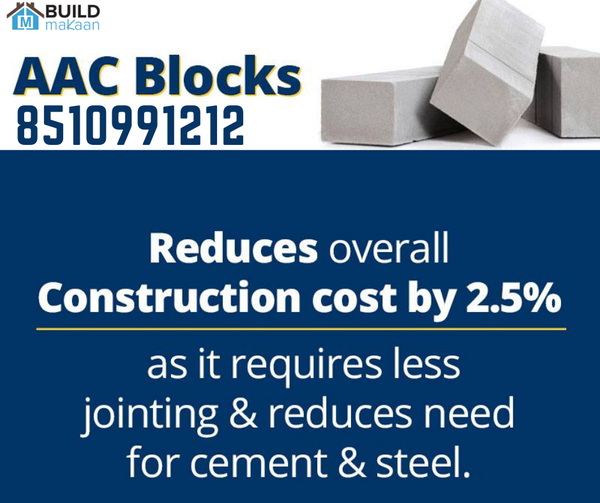What are Building Bye-laws in India?
Introduction
Having your very own place is everybody’s fantasy. It is something straightforward to draw up an arrangement of your fantasy house, yet it is a unique game to build it.
To get the green sign to begin development, you want to guarantee that your home arrangement observes the structure by-laws of the territory. These regulations are a bunch of rules and guidelines drawn up by the public authority of each country, to guarantee a methodical and trained development of the town or city. Without these regulations, individuals will generally build structures whichever way, prompting heedless turn of events and disarray from here on out. Observing these regulations will likewise guarantee the most extreme use of accessible space and the well-being of individuals residing in and around the house.
It is to be noticed that structure by-regulations are remarkable to each area. What might be pertinent in a town may not be viable or conceivable in the city. Thus, before you draw up an outline for your fantasy home, make an investigation of the structure by regulations relevant in your area. For your reference, we take care of assembling a rundown of the general places in the by-regulations.
- Area and usage
- Building height
- Building coverage
- Floor space index
- Density
- Setbacks and projections
- Parking facilities
- Basement facilities
- Green spaces
- Open spaces
- Amenities in the project
- Provision for elevators
- Sewerage facilities
- Provision for water
- Provision for power supply
- Provision for waste management
- Rainwater harvesting
- Barrier-free environment
- Safety provisions
- Effects of communication technology
Floor Area Ratio or FAR
Each city has a restricted limit concerning assets and framework. To stay away from extra pressure past the limit of the city, a Floor Area Ration (FAR) is determined. It is likewise named Floor Space Ratio (FSR) or Floor Space Index (FSI). It is essentially formed as the proportion of the complete covered region (genuine region) of the multitude of floors to the all-out plot region.
FAR = Total region of all floors/Plot Area
Allowable FAR and Maximum Height as characterized by HUDA (Haryana Urban Development Authority)
| Area of Site / Category of Plot | Maximum Permissible FAR |
| 1 Marla = 25 Sq. Yards 1 Kanal = 20 Marla | |
| 6 Marla | 1.45 |
| 10 Marla | 1.45 |
| 14 Marla | 1.30 |
| 1 Kanal | 1.20 |
| 2 Kanal | 1.00 |
Assume the manufacturer has a plot of 1,000 sq m and the allowable FAR, as indicated by advancement plans, is 1.5. He is permitted to develop a structure on 1,500 sq mt of this plot. It is the proportion of the absolute floor region in the structure contrasted and the all-out plot region.
The FAR for each building will vary, contingent on its utilization, sort of development, the territory and its populace, the width and traffic in the city in front, stopping offices, water and seepage offices, and neighborhood firefighting offices.
Ground Coverage
The complete region covered by the structure on the ground floor is known as ground inclusion. Remember that, assuming you are developing a cellar, it shouldn’t surpass the ground inclusion region. In light of limitations of level and FAR., the ground inclusion can be acclimated to get the most extreme utilization of the plot.
The ground inclusion region is determined by separating the structure region from the complete plot region. Building region implies the floor space of a structure while peering down at it from the top.
Building Coverage Ratio (BCR) = Building Area/Site Area
Difficulties
A structure difficulty is an open space between the structure and the property limit or part line. We can develop the house simply up to the mishap line. This again shifts to various sorts of structures. For instance, an independent structure should have more front open space than a line-type building. The misfortune line is pertinent toward the front yet in addition around the whole structure. The absolute plot region is another deciding element for the misfortune line.
Level Restrictions
The level of a structure is the upward distance between the normal level of the ground and the highest mark of the structure. Keep in mind, assuming that there is a storm cellar in your home, it won’t be considered in the level estimation. Contingent on the territory and your FAR, there will be a most extreme cutoff to how tall you can build your home. This is fundamentally done to guarantee your security; for instance, if there are an air terminal or high power transmission lines in the area.
According to HUDA (Haryana Urban Development Authority):
The greatest passable level with brace floor is 14.5 meters from street level
The most extreme allowable level without a brace floor is 12.0 meters from street level
| Area of Site / Category of Plot | Maximum Permissible Height With Stilt | Maximum Permissible Height Without Stilt |
| 1 Marla = 25 Sq. Yards 1 Kanal = 20 Marla | ||
| 6 Marla | 14.5 Mtr. | 12 Mtr. |
| 10 Marla | 14.5 Mtr. | 12 Mtr. |
| 14 Marla | 14.5 Mtr. | 12 Mtr. |
| 1 Kanal | 14.5 Mtr. | 12 Mtr. |
| 2 Kanal | 14.5 Mtr. | 12 Mtr. |
The cellar is the lower story of a structure, built beneath or somewhat underneath the ground. Contingent on the territory, there is a limitation to the level of the storm cellar, projected over the normal ground level. Assuming the house is based on braces, the permitted level will again rely on the territory.
To get free guidance on building bye-regulations in Delhi NCR and Gurgaon, contact our specialists on +91-8510991212





















